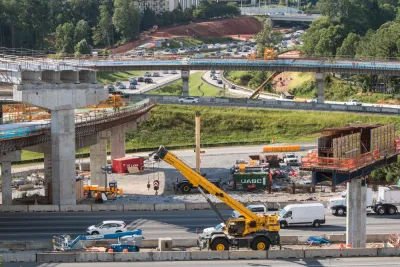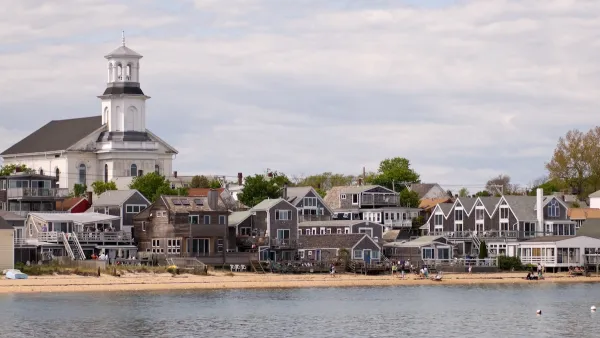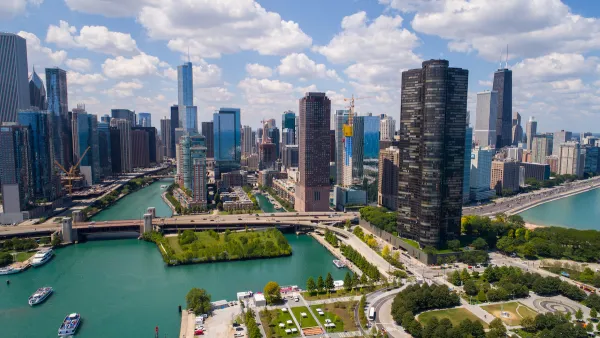How complicated zoning and permitting, slow construction, and a dearth of certain skills in the public sector cause delays and increase the cost of U.S. infrastructure projects.

"It is one thing to fill potholes; another to fundamentally change the way we do business," writes architect Moshe Safdie about the recently passed federal infrastructure bill. Will the $1.2-billion investment actually improve our obsolete and outdated infrastructure, or just fund studies that will leave implementation to the future?
According to Safdie, the U.S. faces three challenges to its capability to push forward major infrastructure projects. The first is our "convoluted" permitting, zoning, and community input process, which can cause major delays and cost increases. Safdie calls for a more centralized authority that would counterbalance local concerns with broader goals.
A second challenge facing U.S. infrastructure is the glacial speed of construction, which drains both funding and public support for seemingly endless projects. In other countries, writes Safdie, construction projects use multiple shifts to operate around the clock and pre-fabricated parts to speed up construction and reduce disruption to neighbors.
The third major obstacle, in Safdie's view, is a lack of "conceptual and engineering creativity" in the U.S. public sector. Safdie recommends boosting public-private partnerships like the 1990s-era Design Excellence Program or the COVID-19 vaccine development effort, which harnessed public resources and private skills to design and implement public projects quickly and effectively.
FULL STORY: Can the U.S. Build Big Again?

National Parks Layoffs Will Cause Communities to Lose Billions
Thousands of essential park workers were laid off this week, just before the busy spring break season.

Retro-silient?: America’s First “Eco-burb,” The Woodlands Turns 50
A master-planned community north of Houston offers lessons on green infrastructure and resilient design, but falls short of its founder’s lofty affordability and walkability goals.

Delivering for America Plan Will Downgrade Mail Service in at Least 49.5 Percent of Zip Codes
Republican and Democrat lawmakers criticize the plan for its disproportionate negative impact on rural communities.

Test News Post 1
This is a summary

Test News Headline 46
Test for the image on the front page.

Balancing Bombs and Butterflies: How the National Guard Protects a Rare Species
The National Guard at Fort Indiantown Gap uses GIS technology and land management strategies to balance military training with conservation efforts, ensuring the survival of the rare eastern regal fritillary butterfly.
Urban Design for Planners 1: Software Tools
This six-course series explores essential urban design concepts using open source software and equips planners with the tools they need to participate fully in the urban design process.
Planning for Universal Design
Learn the tools for implementing Universal Design in planning regulations.
EMC Planning Group, Inc.
Planetizen
Planetizen
Mpact (formerly Rail~Volution)
Great Falls Development Authority, Inc.
HUDs Office of Policy Development and Research
NYU Wagner Graduate School of Public Service





























